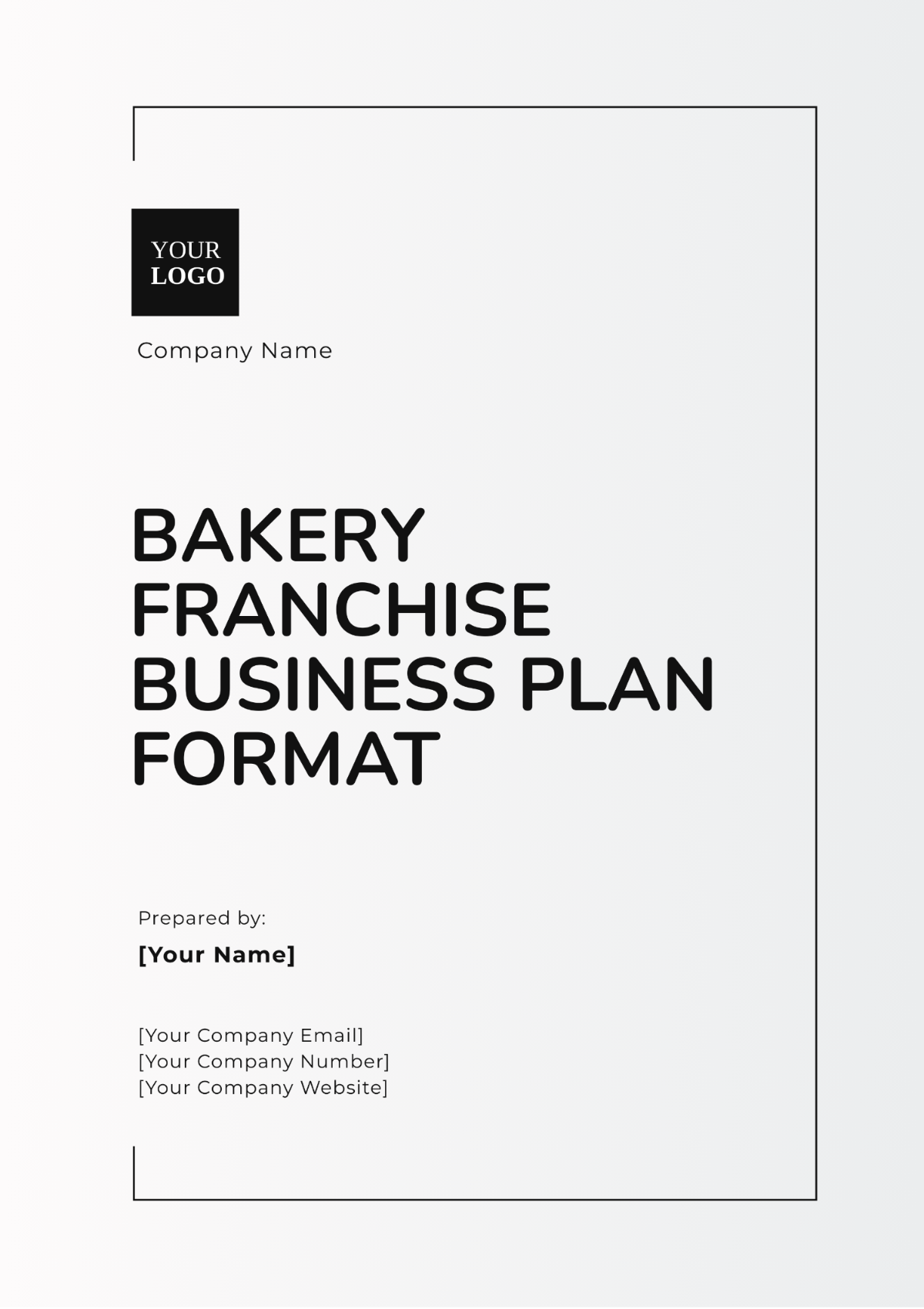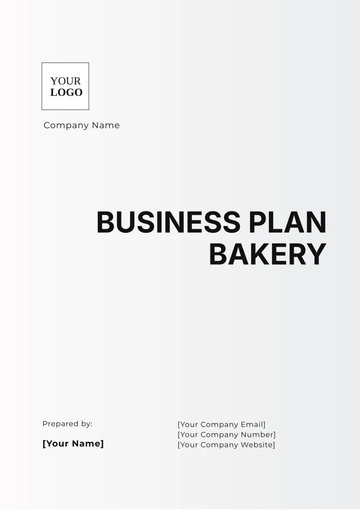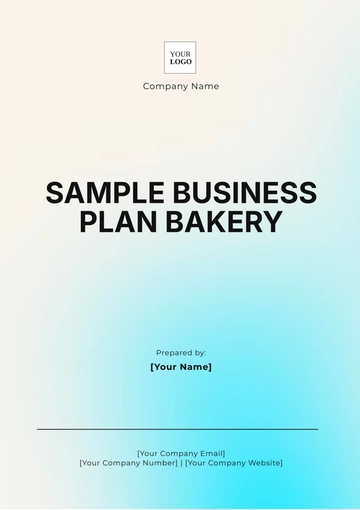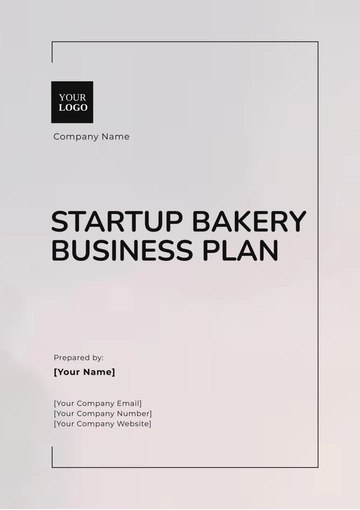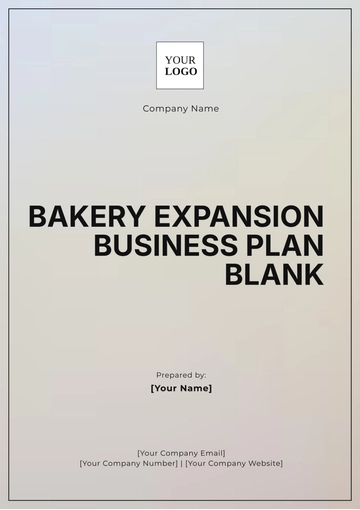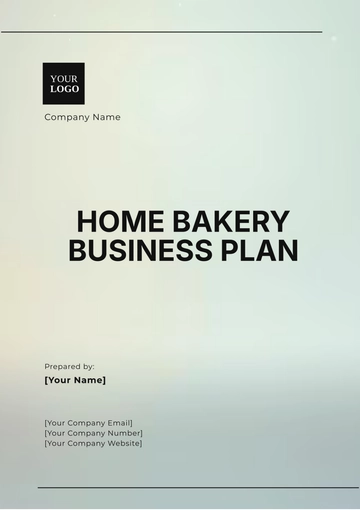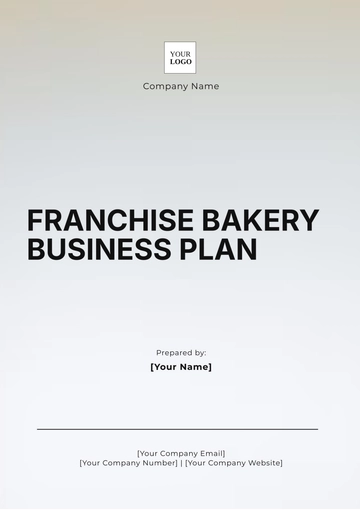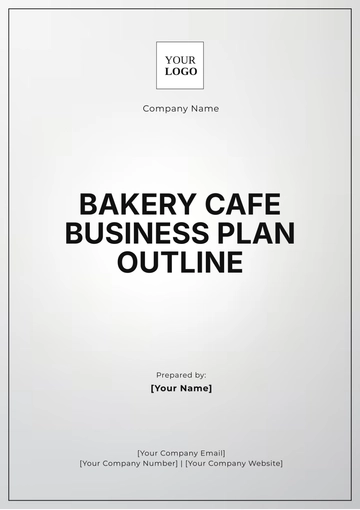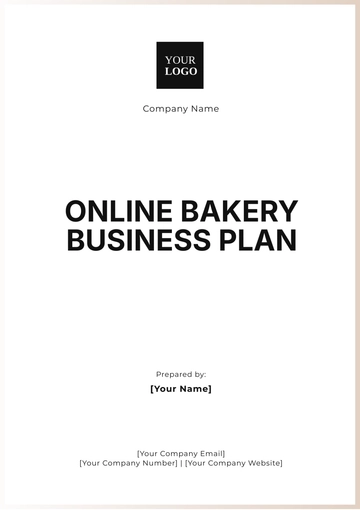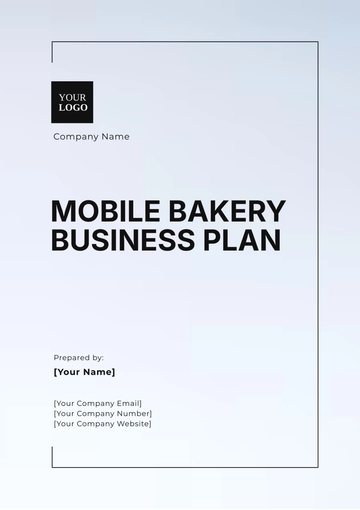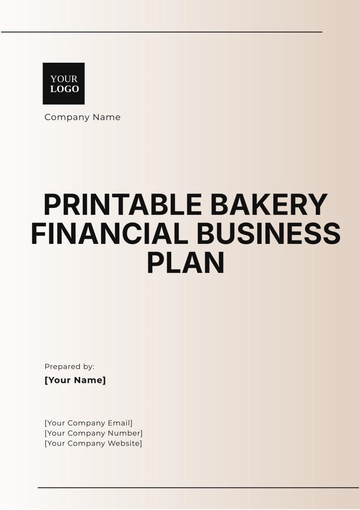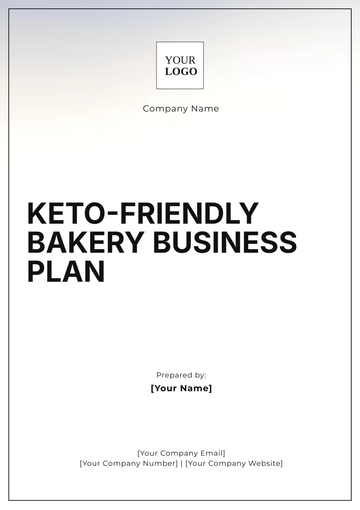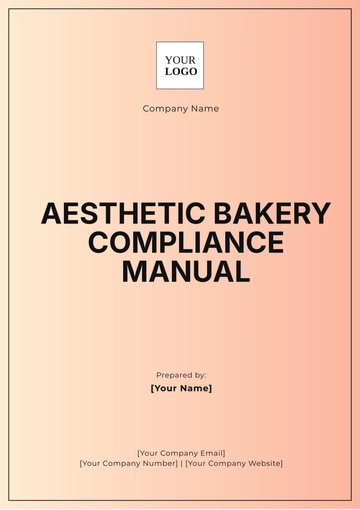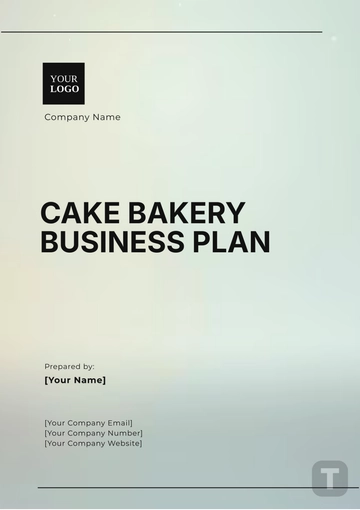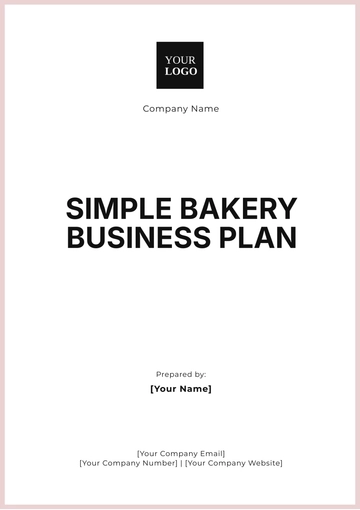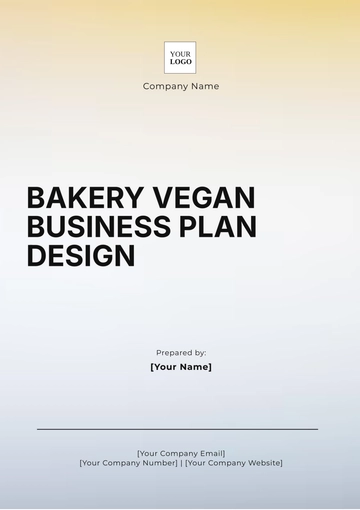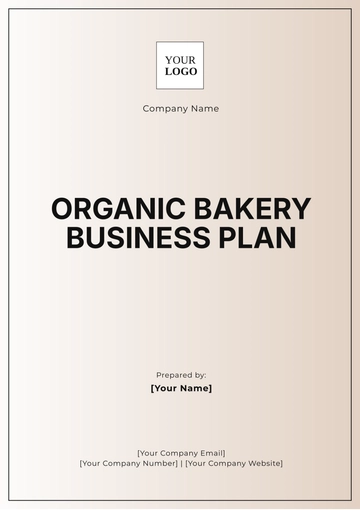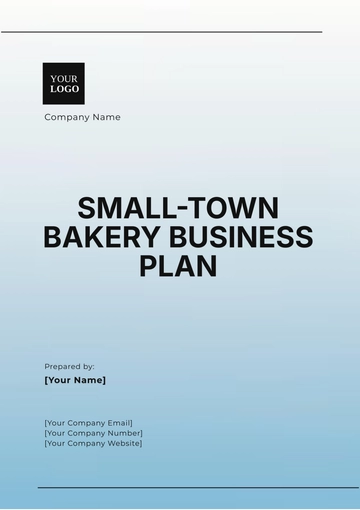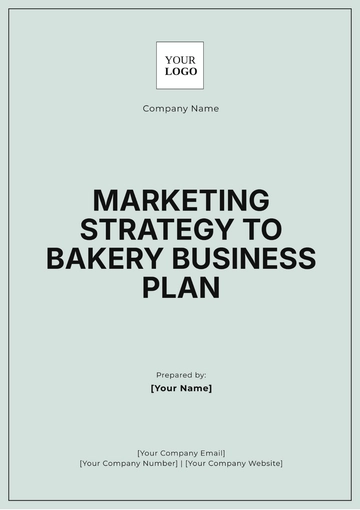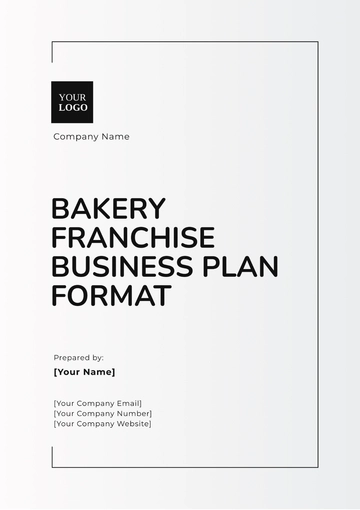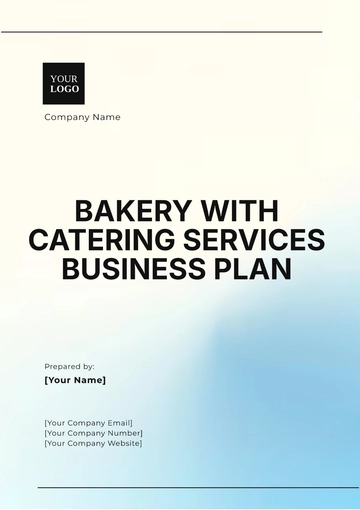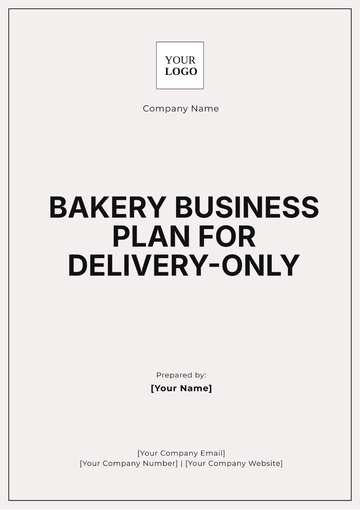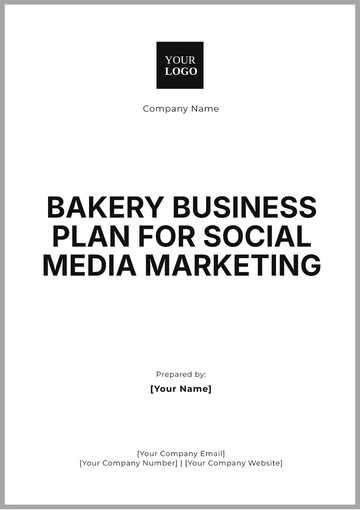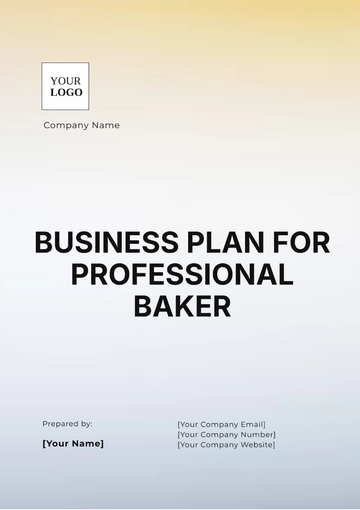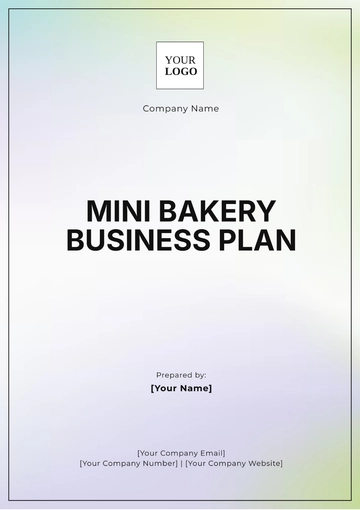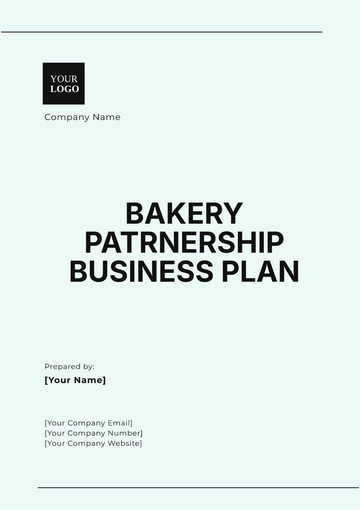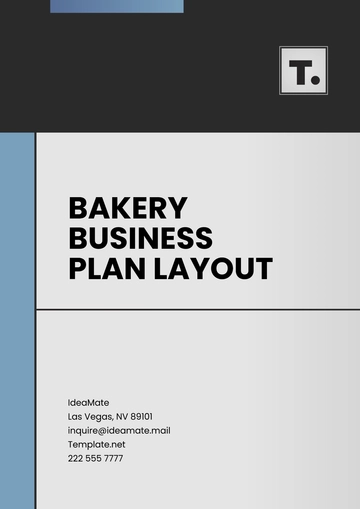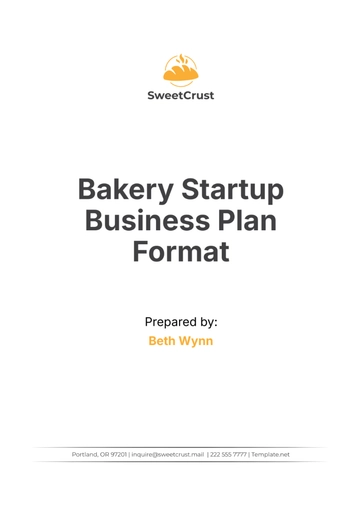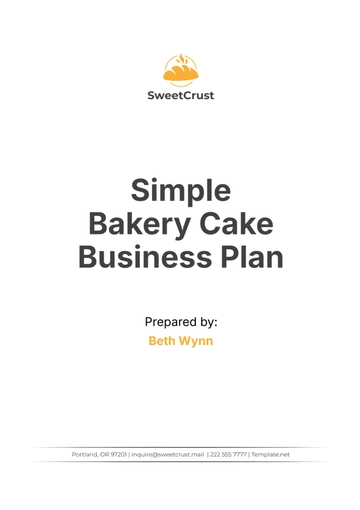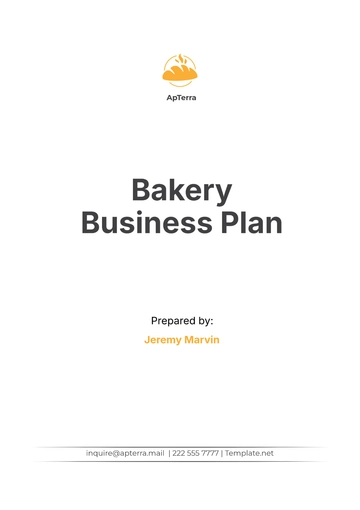Bakery Franchise Business Plan Format
1. Executive Summary
Business Name: [Bakery Name]
Franchise Owner(s): [Name(s)]
Location: [City, State]
Mission Statement: A brief overview of the bakery’s vision and core values.
Business Model: Franchise structure, how the franchise operates (products, services, target market).
Financial Summary: Projected startup costs, funding requirements, and profitability expectations.
2. Company Description
Overview: Detailed description of your bakery franchise, the type of franchise, and its offerings.
Franchise History: Background information on the parent company (when and where the franchise started).
Business Objectives: Short-term and long-term goals of the franchise.
3. Market Research
Target Market: Define your target customers (age, demographics, lifestyle).
Industry Analysis: Overview of the bakery market and how your franchise fits into the industry.
Competitive Analysis: Identifying local competitors and your franchise's competitive advantage.
Location Analysis: Why your location is ideal (foot traffic, customer base, nearby businesses).
4. Franchise Products and Services
Menu Offerings: Detailed description of the products (bread, pastries, cakes, beverages, etc.).
Unique Selling Proposition (USP): What makes your bakery’s products stand out.
Service Overview: Types of services offered (dine-in, take-out, delivery, catering).
5. Operations Plan
Franchise Setup: Details about store setup, equipment, and furniture required.
Operational Processes: How daily operations will run (hours of operation, staff roles, supply chain management).
Supplier Information: Who will supply your bakery with ingredients and other essentials.
Franchise Support: Outline the support provided by the franchisor (training, marketing, operational assistance).
6. Management and Organization
Franchisee(s): Information on the owner(s) and their roles.
Management Structure: Organizational chart detailing key management positions (store manager, head baker, etc.).
Hiring Plan: Number of staff required and their roles (bakers, cashiers, cleaners).
7. Marketing and Sales Strategy
Brand Strategy: Overview of how the franchise brand will be promoted.
Marketing Channels: Advertising methods (social media, local events, partnerships).
Customer Acquisition Strategy: How to attract and retain customers.
Sales Strategy: Discounts, loyalty programs, promotions, and customer engagement.
8. Financial Plan
Startup Costs: Breakdown of all initial costs (franchise fees, equipment, inventory, lease).
Revenue Projections: Monthly and annual sales forecasts for the first three years.
Operating Expenses: Recurring costs such as rent, utilities, payroll, and supplies.
Profit & Loss Statement: Estimated net profits and breakeven analysis.
Funding Requirements: Investment needed, potential investors, and loan options.
9. Risk Management and Contingency Plan
Potential Risks: Overview of industry-specific risks (economic downturns, supply chain issues).
Mitigation Strategies: Plans to reduce risks (insurance, multiple suppliers, emergency funds).
10. Appendix
Franchise Agreement Summary: Key terms from the franchise contract.
Legal Documents: Business registration, licenses, permits.
Additional Financial Statements: Balance sheets, cash flow statements.
Supporting Documents: Menus, promotional materials, supplier contracts.
Bakery Templates @ Template.net
